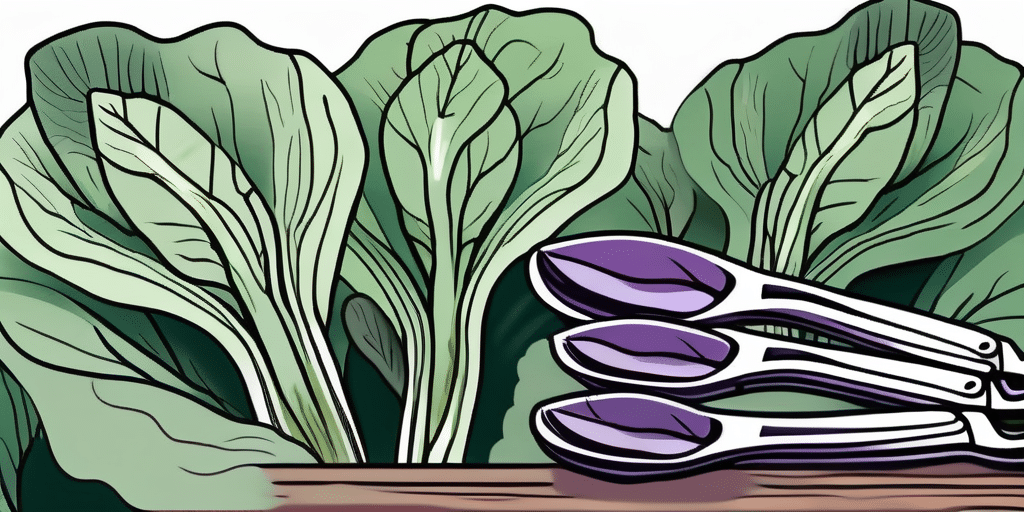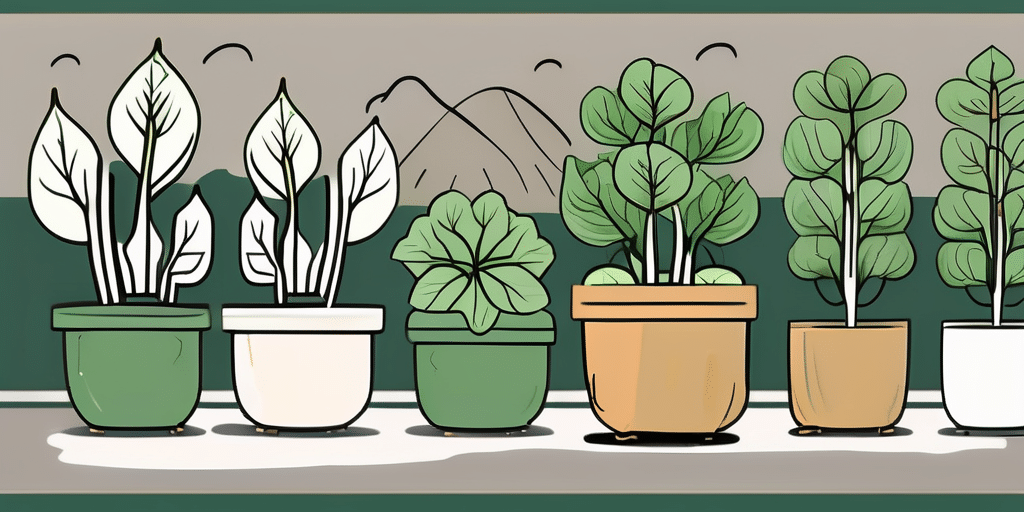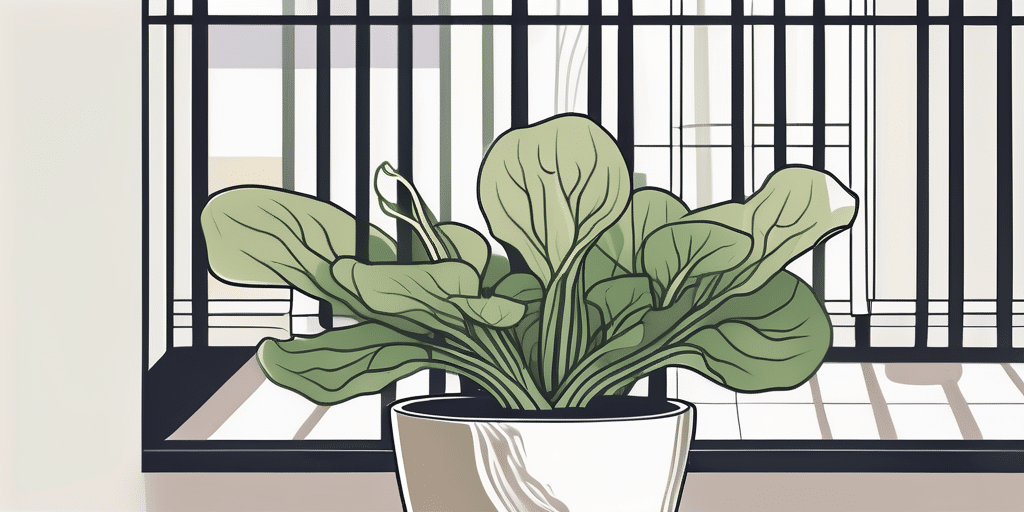Growing Taiwanese Bok Choy, a type of Chinese cabbage, is a rewarding endeavor for both novice and experienced gardeners. This leafy green vegetable, known for its tender texture and mild flavor, thrives in a variety of climates and soil types. However, to maximize its growth potential and nutritional value, proper fertilization is key. In this guide, we’ll delve into the best practices for fertilizing Taiwanese Bok Choy.
Understanding the Nutritional Needs of Taiwanese Bok Choy
Like all plants, Taiwanese Bok Choy requires a balanced diet of nutrients to grow and thrive. The primary nutrients needed by this vegetable are nitrogen (N), phosphorus (P), and potassium (K), often referred to as the N-P-K ratio on fertilizer packages.
Nitrogen promotes leafy growth, which is crucial for Bok Choy as it is primarily a leafy vegetable. Phosphorus aids in root development and boosts the plant’s overall health, while potassium enhances the plant’s resistance to diseases and pests. According to the USDA, a balanced N-P-K ratio for leafy green vegetables like Bok Choy is typically 1-2-2.
Secondary Nutrients and Trace Elements
Beyond the primary N-P-K nutrients, Taiwanese Bok Choy also requires secondary nutrients and trace elements for optimal growth. These include calcium, magnesium, and sulfur. Trace elements such as iron, manganese, zinc, copper, molybdenum, and boron are also essential, albeit in smaller quantities.
Calcium strengthens the plant’s cellular structure, magnesium aids in photosynthesis, and sulfur improves root growth and seed production. Trace elements, though required in smaller amounts, play crucial roles in various plant processes. For instance, iron is necessary for chlorophyll production, while zinc aids in enzyme function.
Choosing the Right Fertilizer
With the nutrient needs of Taiwanese Bok Choy in mind, the next step is selecting the right fertilizer. There are numerous types of fertilizers available in the market, each with its own unique composition and benefits.
Organic fertilizers, such as compost, manure, or bone meal, are excellent sources of nutrients and improve soil structure. However, they release nutrients slowly and may not provide immediate results. On the other hand, synthetic fertilizers provide nutrients quickly but can lead to nutrient imbalances if not used correctly.
Organic Fertilizers
Compost is a popular choice among organic gardeners. It’s rich in nutrients and beneficial microorganisms that improve soil health. Manure, particularly from poultry or cows, is another excellent organic fertilizer. It’s high in nitrogen, making it ideal for leafy vegetables like Bok Choy.
Bone meal is a great source of phosphorus, promoting root development and overall plant health. However, it’s important to note that organic fertilizers release nutrients slowly, so they should be applied well in advance of planting.
Synthetic Fertilizers
Synthetic fertilizers, such as those available in granular or liquid form, provide nutrients quickly and are easy to apply. A balanced N-P-K fertilizer, such as a 10-10-10 or 14-14-14, can provide the necessary nutrients for Bok Choy growth.
However, synthetic fertilizers should be used with caution. Overuse can lead to nutrient imbalances and can harm beneficial soil microorganisms. Always follow the manufacturer’s instructions for application rates and frequencies.
How to Fertilize Taiwanese Bok Choy
Now that we’ve covered the nutritional needs of Bok Choy and the types of fertilizers available, let’s delve into the process of fertilizing your plants. Here’s a step-by-step guide:
- Test your soil: Before you begin fertilizing, it’s important to understand the current nutrient levels in your soil. You can do this by using a soil test kit, which can be purchased from a garden center or online. This will help you determine what nutrients your soil is lacking and choose a fertilizer accordingly.
- Select your fertilizer: Based on your soil test results, choose a fertilizer that will provide the nutrients your Bok Choy needs. Remember, a balanced N-P-K ratio is typically best for this vegetable.
- Apply the fertilizer: Follow the manufacturer’s instructions for application rates and frequencies. Generally, fertilizer should be applied to the soil around the base of the plant, avoiding direct contact with the leaves to prevent burning.
- Water thoroughly: After applying the fertilizer, water your Bok Choy thoroughly. This helps to distribute the nutrients evenly throughout the soil and allows them to be absorbed by the plant’s roots.
Remember, fertilizing is just one aspect of growing Taiwanese Bok Choy. Regular watering, proper spacing, and pest control are also crucial for a successful harvest.
Common Fertilizing Mistakes to Avoid
While fertilizing Taiwanese Bok Choy is relatively straightforward, there are a few common mistakes that gardeners should avoid.
Over-fertilizing
More is not always better when it comes to fertilizing. Over-fertilizing can lead to nutrient imbalances, which can harm your plants and the surrounding environment. Always follow the manufacturer’s instructions for application rates and frequencies.
Ignoring Soil pH
The pH level of your soil can significantly impact nutrient availability. Most nutrients are readily available in slightly acidic to neutral soils (pH 6.0-7.0). If your soil is too acidic or alkaline, certain nutrients may become unavailable to your plants, leading to nutrient deficiencies. Use a soil pH tester to check your soil’s pH level and adjust it as necessary.
Forgetting to Water After Fertilizing
Watering after fertilizing is crucial as it helps distribute the nutrients evenly throughout the soil and allows them to be absorbed by the plant’s roots. Neglecting to water can lead to nutrient imbalances and may even cause the fertilizer to burn your plants.
Conclusion
Fertilizing Taiwanese Bok Choy is a crucial part of the growing process. By understanding the plant’s nutritional needs, choosing the right fertilizer, and following best fertilizing practices, you can ensure a healthy and bountiful harvest. Remember, gardening is a learning process, so don’t be discouraged if things don’t go perfectly the first time. Happy gardening!
Join Our Gardening Community
Ready to take your Taiwanese Bok Choy to the next level? Subscribe for free to How to Grow Everything and learn how to build the garden of your dreams! Receive personalized gardening advice tailored to your grow zone and experience level. Enjoy the best gardening tips, special offers, and insights delivered straight to your inbox – with no spam, just valuable knowledge from our family to yours. Start growing smarter today!






